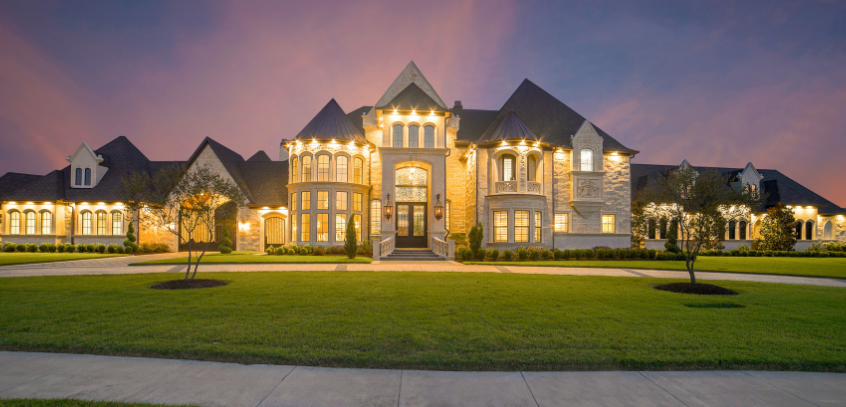
A Surprising Trend: Housing Boom of Million-Dollar Homes
Earlier this year, the COVID-19 pandemic forced markets and buyers to hit the pause button and wait for a more predictable and stable economy. Amidst the uncertainty, one trend has surprised economists: the major boom in the housing market of homes costing $1 million and more.
The Million-Dollar Club
According to the National Association of Realtors, sales of homes costing $1 million or more increased by 106.5% from September 2019 to September 2020. The upside for homeowners is the significant increase in equity. The downside is the fact that home prices have risen much more quickly than people’s wages. This is making it harder for first-time buyers to make their first purchase. The percentage of first-time home buyers has fallen to 31%, down from the normal range of 35% to 40%.
According to NPR, “Homes in the $100,000 to $250,000 range only saw a 4% gain in sales compared to a year ago, while sales of homes costing more than $1 million more than doubled.” Chief economist for the Realtors group, Lawrence Yun, says he believes this spike is a reflection of wealthier home buyers “going all in” to help ride out the pandemic.
Many vacation destinations, such as the Hamptons, Cape Cod and Aspen, are seeing a boom in the housing market. This is part of a trend that realtors and journalists are calling “Zoom towns”, or places that are becoming more popular as a result of the surge in remote work.
Also notable is the significant growth in sales of lower-priced homes:
- $250,000-$500,000: 36.2%
- $500,000-$750,000: 66.6%
- $750,000-$1,000,000: 85.5%
Frustrated First-Time Home Buyers
In September 2020, national home prices were up 8% from the same time in the previous year. Economists are worried that if the trend continues, there will be an even bigger divide between homeowners and aspiring buyers.
Though sales and prices are being driven upward by low interest rates, the biggest reason why home prices are rising is the shortage of homes for sale. After the 2008 housing crisis, builders significantly cut down on housing projects. This has led to today’s record-low inventory of homes.
According to NPR, there are fewer homes on the market today than in 1982. In addition, homes only stay on the market for an average of just 21 days. In an NPR article, chief economist for the Mortgage Bankers Association Mike Fratatoni says, “The primary constraint to even more sales is the plummeting inventory of homes on the market, which is leading to bidding wars and spikes in home prices across the country.”
Picking Up The Pace In Construction
Fratatoni says he’s seeing construction pick up the pace, which could help bring more inventory to the housing market for the next year.
A press release by the U.S. Census Bureau and the U.S. Department of Housing and Urban Development showed that privately-owned housing units authorized by building permits in September 2020 were 5.2 percent (1,553,000) above the revised August rate of 1,476,000 and is 8.1% above the September 2019 rate of 1,437,000.
Furthermore, privately-owned housing completions in September 2020 were 15.3% (1,413,000) above the revised August estimate of 1,226,000 and 25.8% above the September 2019 rate of 1,123,000. For first-time home buyers, this is a good sign that 2021 may bring lower prices.
Closing Thoughts
QuickDraw Fund Control wanted to share these important trends with you to consider for your current and future projects. Please feel free to contact us with any questions.
